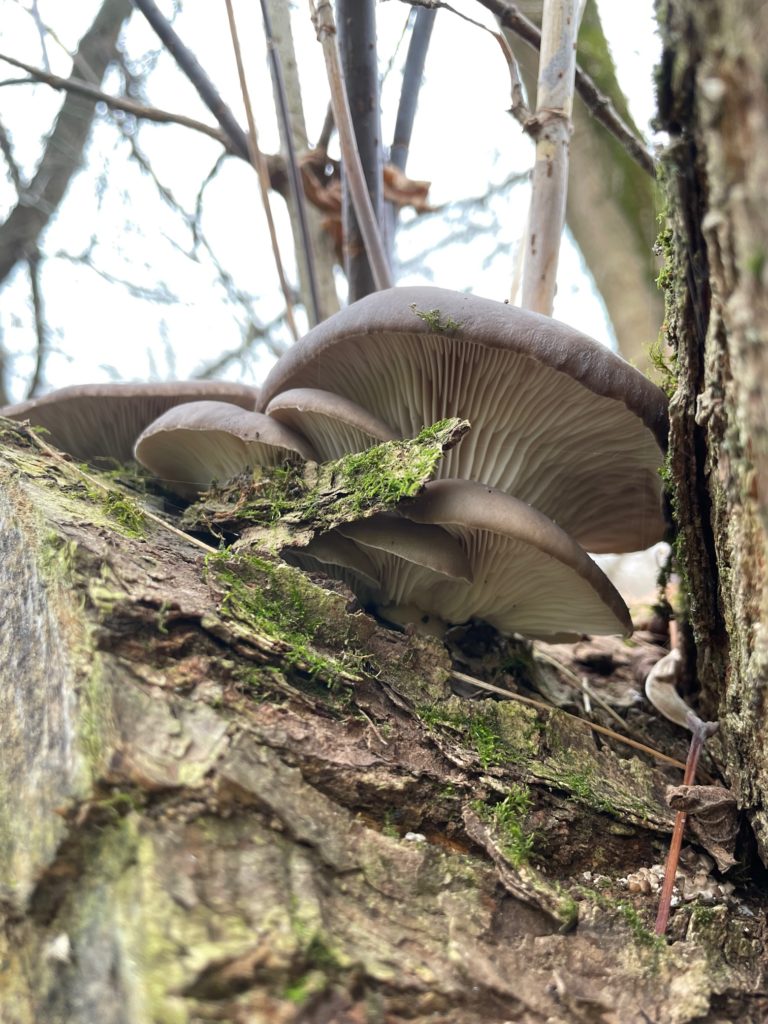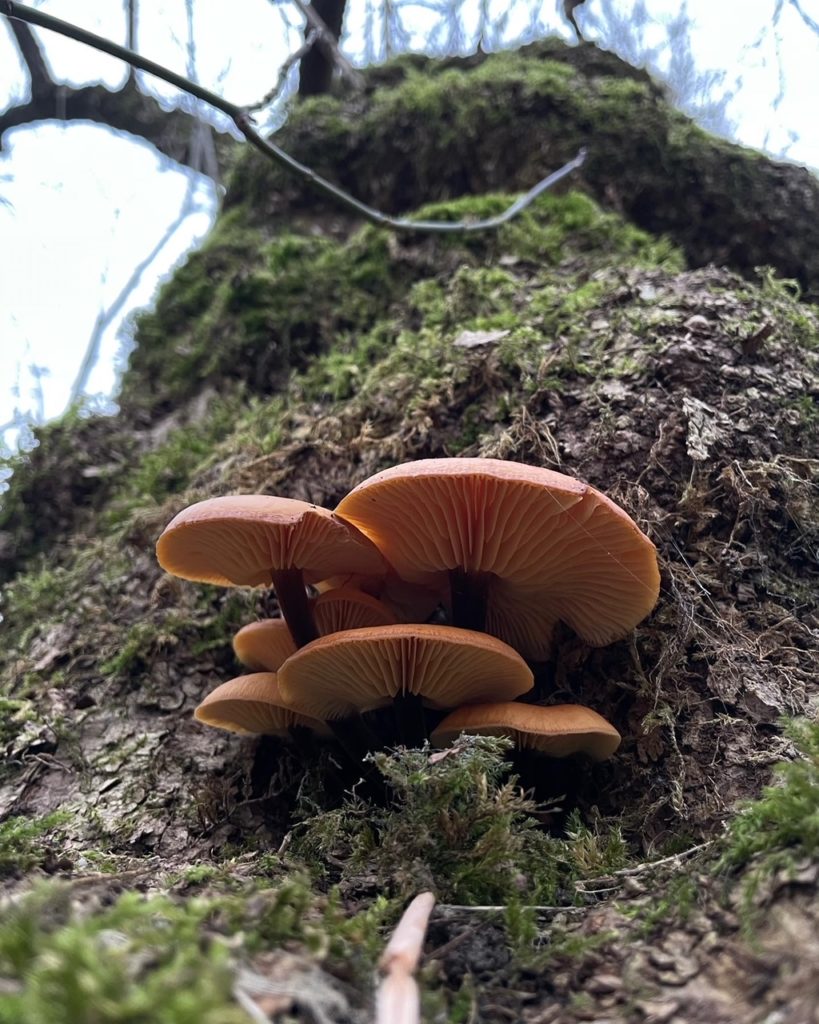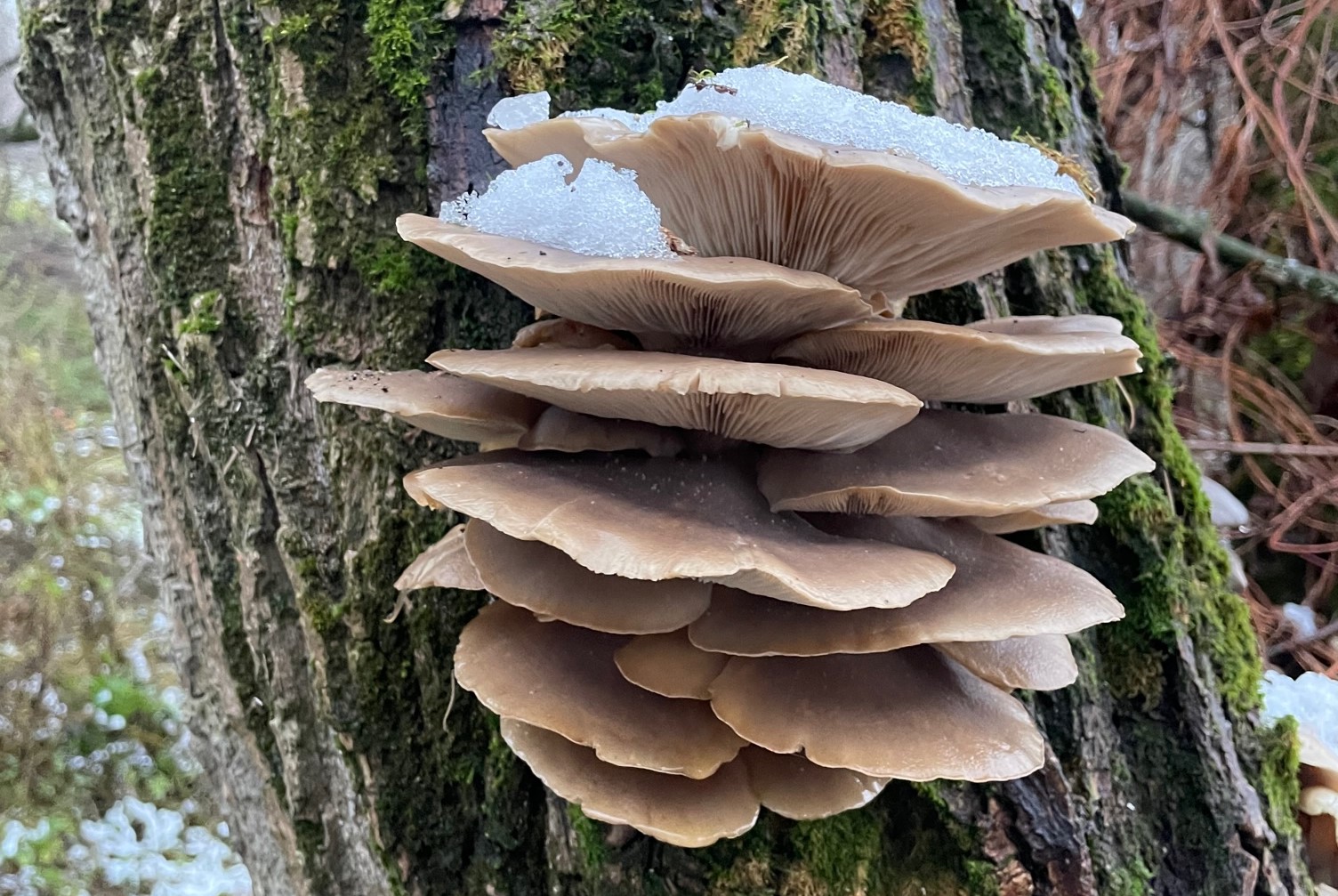Date of the last update: 21.06.2022
We think that winter is a time when we can make snowmen and throw snowballs. But it would never occur to anyone to look for anything growing wild during this period. No wild herbs, weeds, let alone mushrooms, as most of us believe that the mushroom season is over by mid-autumn. And yet, it is far from the truth. Even in winter, when the first snow is behind us, we can still find some precious gifts from wild nature.
Table of Contents:
- Green wild herbs in the middle of winter
- Plenty of starch just under the ground
- The mushroom season does not end it autumn
- Citrus rich aroma and flavour
- Summary
You can read this article in 4 minutes.
Green wild herbs in the middle of winter
It’s December, I’m walking on the edge of the woods and I come across the common chickweed, and right next to it the sour and delicate wood sorrel. Despite its delicate structure, the sorrel rises up and is still firm and tasty, even though it’s December on the calendar! Sometimes you can even find the white nettle and nettle. It’s true that they won’t have as much value as the spring plants, but you can easily use them for cooking in addition to fresh herbs. They can be used as ingredients for a wild pesto, stuffing, cottage cheese or vegetable relishes. Despite winter, fresh green herbs can be found in abundance.

Plenty of starch just under the ground
Do you remember where common dandelions, common chicory or greater burdocks used to grow in spring or summer? Then it’s time to take a shovel and while the ground is not hard, get down to their roots. Chicory and dandelion roots can be used as an alternative to classic coffee. During World War II, chicory roots were used to brew coffee on the battlefield. But remember that it is just a substitute, so don’t be disappointed after you take the first sips. Chicory roots regrow in the spring, so they pick up all their nutritional value over the winter. They are also rich sources of starch. In Japan, burdock roots are used in everyday cooking for the so called “gobō” dishes. It’s worth preparing your own burdock root pickle, prepared like ginger for sushi.
The mushroom season does not end in autumn
As I mentioned in the introduction, autumn does not mean that the mushroom season has come to an end. Believe me, you can enjoy plenty of mushrooms from November to early spring. This time, however, we are looking not in the ground but mainly on trees, for the so-called arboreal mushrooms. There is one species of mushrooms which I rank as a winter “pro” mushroom. It is the scarlet elfcup, which grows from February until the beginning of spring. Oyster mushrooms are nowadays as popular as common button mushrooms. You can easily get them practically everywhere. And how about one that grows wild, totally for free? They have more aroma, flavour and nutritional value. Even when you pick them straight from the tree you can feel the difference.
Another recommendable arboreal mushroom is wood ear (jelly ear) fungus, or mun mushrooms for short. Why ears? Because they are deceptively similar to the human ear. They mainly grow on old elderberry trees, which means that elder plants have something to offer us in almost every season (flowers, capers, fruit and wood ears). Finally, I would like to add the copper-gold velvet shank. We can place these mushrooms alongside enoki mushrooms. You can easily recognise them by their two-coloured stem, which goes from copper-gold to dark brown. They grow both on healthy trees and on old, rotting trees, which are ideal habitats for winter fungi.

Citrus rich aroma and flavour
Especially in spring, conifers offer us a lot of goodness, from young shoots, pollen and up to young cones. But can we count on something else in the winter? Of course! Needles are a “must have” product in the wild pantry. The second raw material is tree bark, which was once used to make bread in Finland and Scandinavia. You need a little strength and knowledge to forage it, and pine bark flour itself is bitter and needs to be mixed with some rye flour. So before you get started with the bark, think well what you are going to use it for. Coming back to needles, older needles need to be rolled out before use. By kneading the needles, we activate the essential oils and extract even more from the them. Conifers have a delicious citrusy and resinous aftertaste. Interestingly, the grand fir releases a grapefruit aroma when you pour lukewarm water over it. Now imagine a hot bath and the fir tree just next to you. Forest, citrus and contact with nature. And how to use needles in the kitchen? I suggest making a beetroot brownie with pine needles sugar, while pine salt along with a mix of wild herbs makes a perfect addition to savoury dishes. You can also try the trick with water, a little sugar and just needles. Put everything in a bottle, wait for the yeast from the needles to start working, and after just 5 days of fermentation enjoy the pine needle fizzy drink, it’s delicious lightly fermented with a forest aroma.
Summary

Check out also: Eating Wild Foods for Health and Connection to Nature
As you can see for yourself, with a little effort, we can pick a basket of goodness even in winter. And in this list, I have not even mentioned wild fruit such as wild rosehip, which is sweeter and more delicate in winter picked straight from the bush. A walk costs us nothing but the time we devote to it. And believe me, time spent in symbiosis with nature is the best time you can offer yourself. A refreshed mind, a basket full of wild food and satisfaction from all the goodies we have hunted. What more could you want?

